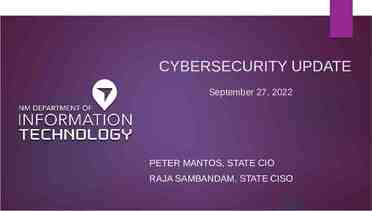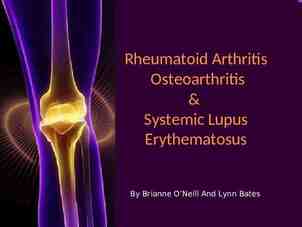Child Exploitation and Missing Children Brian Mason
9 Slides112.23 KB
Child Exploitation and Missing Children Brian Mason [email protected] Victoria Fildew [email protected]
Ofsted Dec 2019 Responses to exploited children remain under-developed. There is a lack of coordination with the police to understand the best way to disrupt connections between children and adults who are grooming them to sell drugs. Staff’s knowledge and understanding about national concerns regarding criminally exploited children or ‘county lines’ is limited.
Holistic responses to safeguarding adolescence Research and evidence informs us that risks faced by young people during adolescence are more complex and wide-ranging than those faced by younger children and that young people during adolescence are more likely to be victims of multiple forms of risks. Young people going missing, for instance, or young people involved with ‘gangs’ (or criminally exploited groups) are more likely to experience forms of physical violence and/or sexual violence (Becket et al., 2013; Sturrock and Holmes, 2015).
Protecting children from criminal exploitation, human trafficking and modern slavery an addendum to Time to listen – a joined up response to child sexual exploitation and missing children Ofsted, Care Quality Commission, HM Inspectorate of Constabulary and HM Inspectorate of Probation (2016)
Victim Blaming ? .she is placing herself at risk .continues with his missing episodes and exposing himself to risk of significant harm .shows a disregard to anything authoritative and so has no concerns about going missing or understands the dangers of it .chooses to engage in risky activities. .associates with gang nominals .makes poor lifestyle choices
Grooming and Coercion Gangs often use threats, coercion and violence to force children to do what they want. They punish gang members for making mistakes or failing to meet drugs sales targets. The punishments are extremely violent such as stabbings, anal injuries caused by jagged objects. Gangs may also trick children into getting into their debt, for example, by giving them a mobile phone only to later demand repayment for the cost of the phone. The child will then be in ‘debt bondage’ to the gang, owing it labour or services as security for the repayment for the debt or other obligation.
Definition of County Lines The Home Office Serious Violence Crime Strategy April 2018 defines Child Criminal Exploitation occurring where an individual or group takes advantage of an imbalance of power to coerce, control, manipulate or deceive a child or young person under the age of 18 into any criminal activity (a) in exchange for something the victim needs or wants, and/or (b) for the financial or other advantage of the perpetrator or facilitator and/or (c) through violence or the threat of violence. The victim may have been criminally exploited even if the activity appears consensual. Child Criminal Exploitation does not always involve physical contact; it can also occur through the use of technology.
Multi Agency Mechanisms Triage Meetings Child Exploitation and Missing Operational Group (CEMOG) Multi Agency Child Exploitation (MACE) http://www.torbaysafeguarding.org.uk/workers/missing-cse/ Strategy Meetings
Sharing Information MASH http://www.torbaysafeguarding.org.uk/workers/hub/ Exploitation Screening Tool http://www.torbaysafeguarding.org.uk/workers/missing-cse/ Multi Agency Child Exploitation (MACE) http://www.torbaysafeguarding.org.uk/workers/missing-cse/ NRM https:// www.gov.uk/government/publications/human-trafficking-victims-referral-and-assessment-forms/guidan ce-on-the-national-referral-mechanism-for-potential-adult-victims-of-modern-slavery-england-and-wale s Partner Agency Information Sharing form https://www.devon-cornwall.police.uk/contact/contact-forms/partner-agency-information-sharing-form














